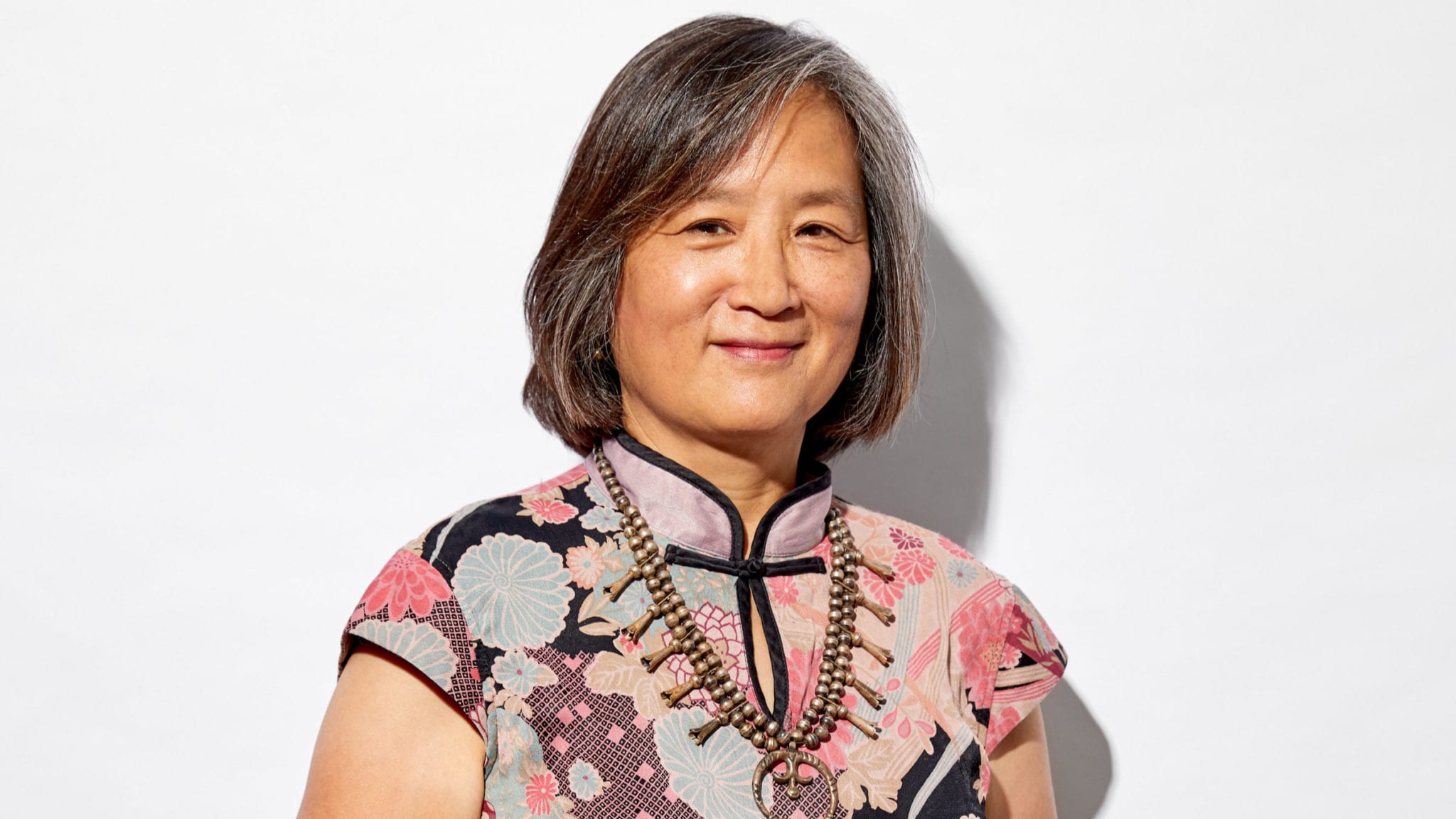
Pearl Huang. Cygnal
'We're ripe': Cygnal draws the curtain on Flagship's latest bet on exoneural biology — and $65M in cash
No matter how many times one’s heard Flagship Pioneering’s ideation process described, there always seems to be an element of evolutionary wonder: bold, new concepts …
Sign up to read this article for free.
Get free access to a limited number of articles, plus choose newsletters to get straight to your inbox.